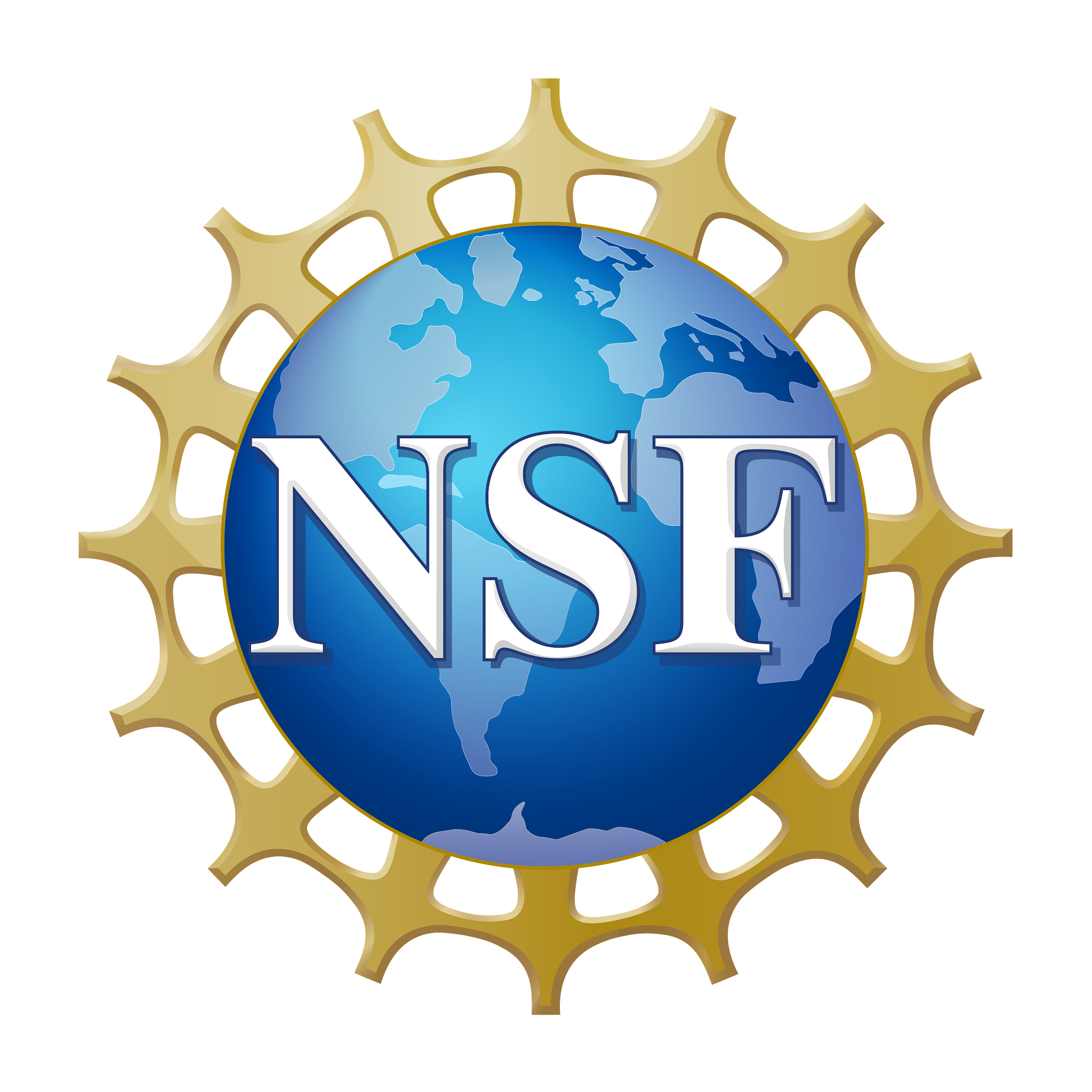-
Into the fold
As a child on a Navajo reservation in Arizona, Carl Etsitty was both profoundly respectful of nature, declaring to Mother Earth that “I will forever be a steward of the land.” His reverence for the environment was paired with intense curiosity, but those attitudes clashed in the early 1990s when Etsitty went to college.
-
Data served here
From its inception, NCAR provided a wide range of research-oriented computing and observing facilities. The initial focus was on centralized capabilities: networking was virtually nonexistent, and the huge cost of computers constrained university use.
-
The Nineteen Nineties
Scientists in the UCAR community found themselves on the front lines of the cyber revolution that stormed the world in the 1990s. Many UCAR universities were early adopters of the World Wide Web, a technology well suited to a science that thrives on distributed data and collaboration.
-
Unmasking a meteorological villain
Intrigued by an atmospheric mystery bringing down aircraft, a small group of scientists at NCAR embarked on a series of field studies from the late 1970s through the 1980s.
-
The Nineteen Eighties
Atmosphere and society intertwined in new ways during the 1980s, as a host of threats from acid rain to microbursts came into focus. With extensive ties to universities and expertise in both weather and climate, NCAR and UCAR were natural venues for addressing these issues.

